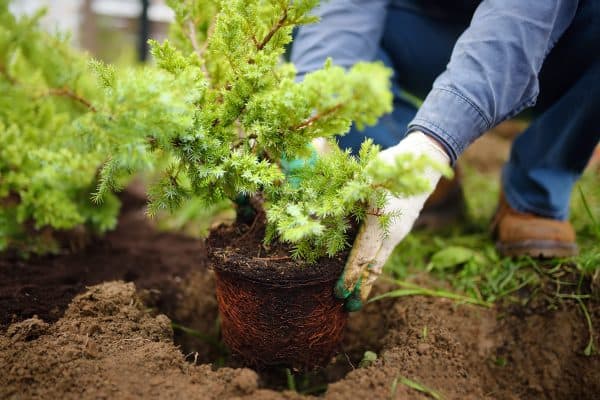Have you ever thought of planting a banana tree, but you've been wary of planting them because you worry about damaging the water lines or the house's foundation? Fortunately, we've researched a lot about banana trees and we've got loads of valuable information for you.
Fortunately, banana tree roots do not damage pipes or foundations because the root system is soft and non-invasive. The tree has shallow roots and they can grow large and fill the space pretty quickly. The soft roots and stems of the banana tree are easy to control by pruning or cutting.
Having a banana plant at home is a great addition to your garden or yard, but there are a lot of things you need to know about them. Keep reading because, in this post, we will be sharing tips on planting your own banana tree, as well as the advantages and disadvantages of having them at home.
![Banana tree in back yard next to a wooden fence, Can Banana Tree Roots Damage Pipes [Or Foundation]?](https://landscapingbase.com/wp-content/uploads/2022/07/Can-Banana-Tree-Roots-Damage-Pipes-Or-Foundation-e1659042772249.png)
Can Banana Tree Roots Damage Pipes Or Foundation?
If you've ever seen a banana tree, you've probably wondered if it is indeed a tree or a giant shrub. In fact, bananas are neither! The plant itself is actually an herb. This is because banana trees do not have a woody stem and the roots grow from rhizomes, like grass.

Because of their soft stem and root system, banana trees are not invasive to homes. The soft root system stops growing when it meets a hard barrier like concrete, so there is no worry about it ruining foundations. The roots are also pretty shallow and they will adjust to grow around water pipes.
However, despite the banana trees having a delicate and soft root system, it still prefers to look for places that have sufficient water. An old, leaky pipe will attract the roots to suck more water from that area, and it makes the roots a little invasive in nature when this happens.
Where Can I Plant My Banana Trees?
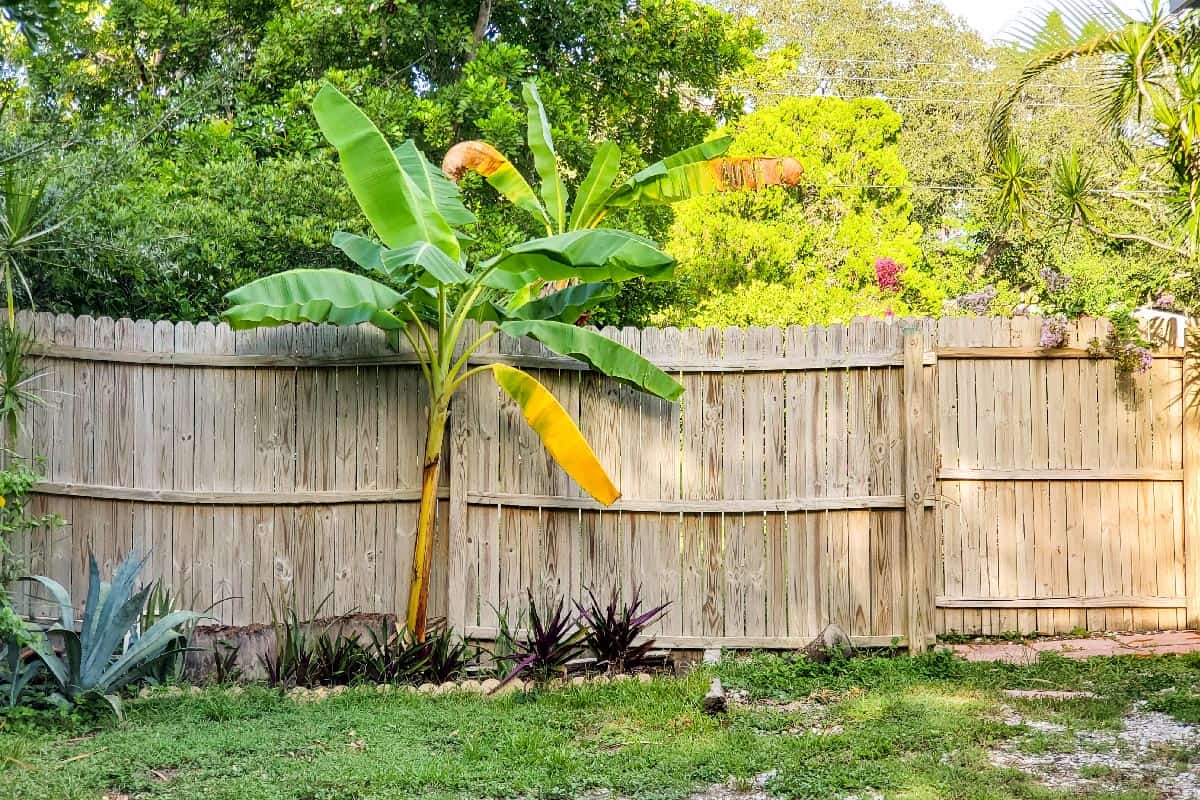
Banana trees thrive in warmer temperatures. They prefer humid conditions, which is why they grow really well in tropical locations. If you are looking into planting a banana tree in your home, it is important to note that certain conditions can help make your banana tree grow well.
For starters, banana trees require a lot of space. If you plan on adding a banana tree to your yard, make sure to plant it in an area where it can grow. Avoid putting them close to your house because the trees can grow quite large. They have the ability to rub against the walls or gutters so it is best to plant them a little farther away.
To keep your banana trees happy, pick a location in your garden where they can receive lots of sunlight. Bananas like the sun, so the tree needs to be exposed to at least 6 hours of direct sunlight. They can also do well in partial shade, depending on the variety that you have.
The soil should also be rich and it should have a slightly acidic pH. Banana trees prefer loamy soil and this is very important if you want the tree to bear fruit in the future. Make sure that this area of your garden has well-draining soil so that your banana trees will be happy.
Also, remember that banana trees can grow quite tall, so try to place yours in an area where there are no wires or overhead items they can hit. In some cases, banana trees can be quite obstructive, so try to put your tree in an area where it won't hamper your sight of anything important.
Can You Plant A Banana Tree In Containers?
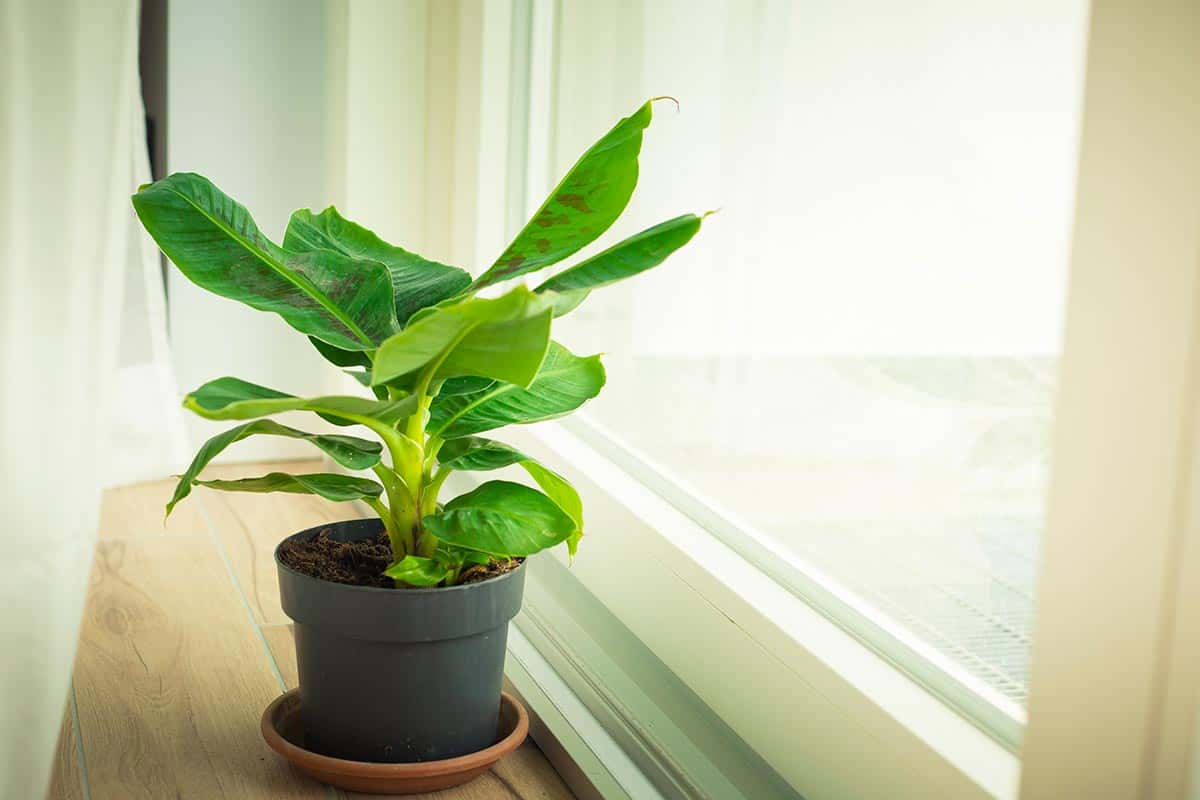
One of the good things about banana trees is that some cultivars can grow well in containers. They can even be planted indoors as long as the temperatures inside the house are conducive for growth. The best banana tree variants for container planting are the dwarf varieties.
Some dwarf varieties that are good for container planting are Dwarf Red, Dwarf Brazilian, Dwarf Cavendish, Grain Nain, and Dwarf Lady Finger, amongst other variants. Check out your local plant nursery if they have any of these varieties that you can plant at home.
To plant banana trees in containers, they will need at least a 15-gallon pot for optimum growth. The pot should have drainage holes and banana trees grow well in loose, organic potting mixes. Potted banana trees should be repotted every 3 years, so be prepared to get bigger pots in the future.
Grab these 15-gallon pots on Amazon.
Potted banana trees also like getting pruned every once in a while. Pruning your banana tree can actually maximize its ability to produce fruit, and it also allows the plant to allocate the nutrients where it is necessary. However, be careful not to prune too much to avoid damaging the main stem.
To keep your banana tree happy, prune them before they bear fruit and after you have harvested them. Since potted bananas are small, you will only need to use a pair of sharp pruning shears to remove the unnecessary parts.
Get these pruning shears on Amazon.
Pros and Cons Of Having A Banana Tree
Just like any other plant, there are certain advantages and disadvantages to having a banana tree in your garden. They may not be suitable for some areas, but they will grow well if all the growing conditions are met. Furthermore, banana trees do require a little bit of extra care and maintenance.
Pros
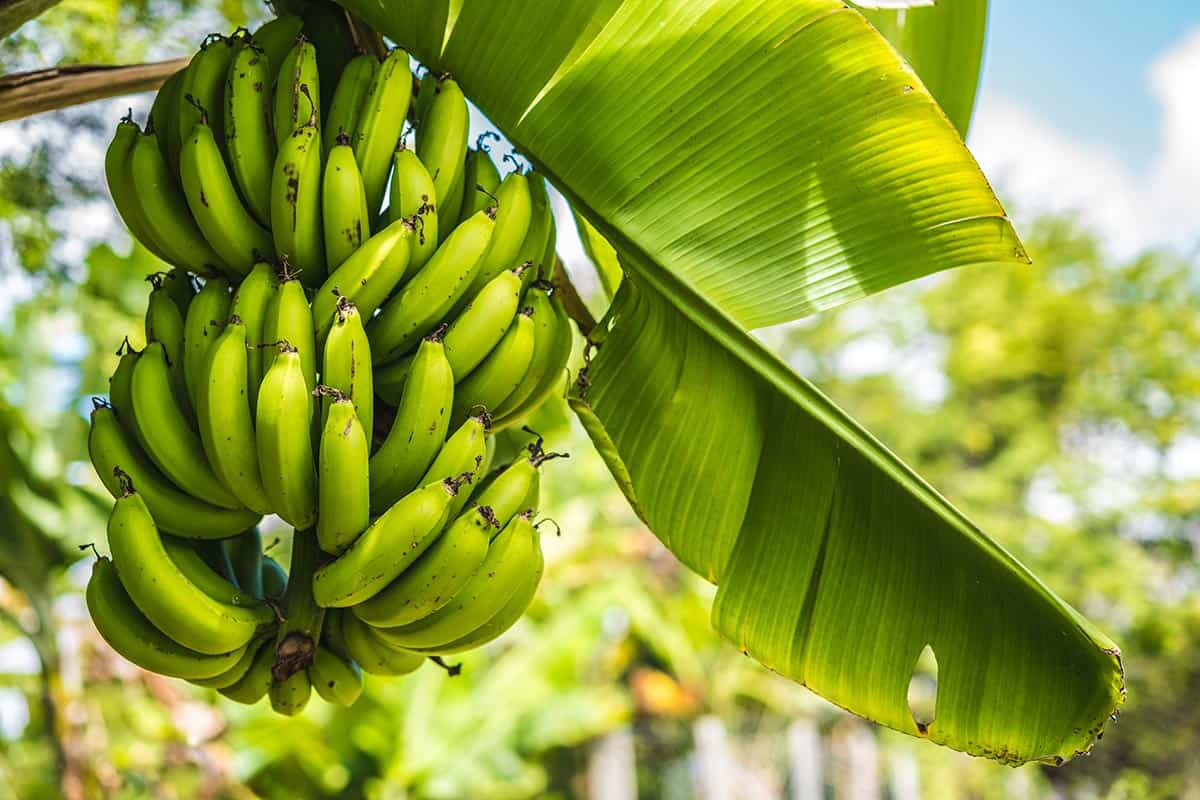
- The trees are non-invasive, so they are great additions to the yard without having to worry if they will ruin anything beneath the soil.
- Banana trees can also grow in containers, so you have the option of keeping them in big pots instead of planting them on the ground.
- The roots and the stems are easy to control and maintain—all you need is a pruning saw or some sharp secateurs.
Check out this pruning saw on Amazon.
- The root system is shallow, which makes it easy for you to plant banana trees even in limited soil.
- The banana tree will bear fruit if planted in good conditions.
Cons
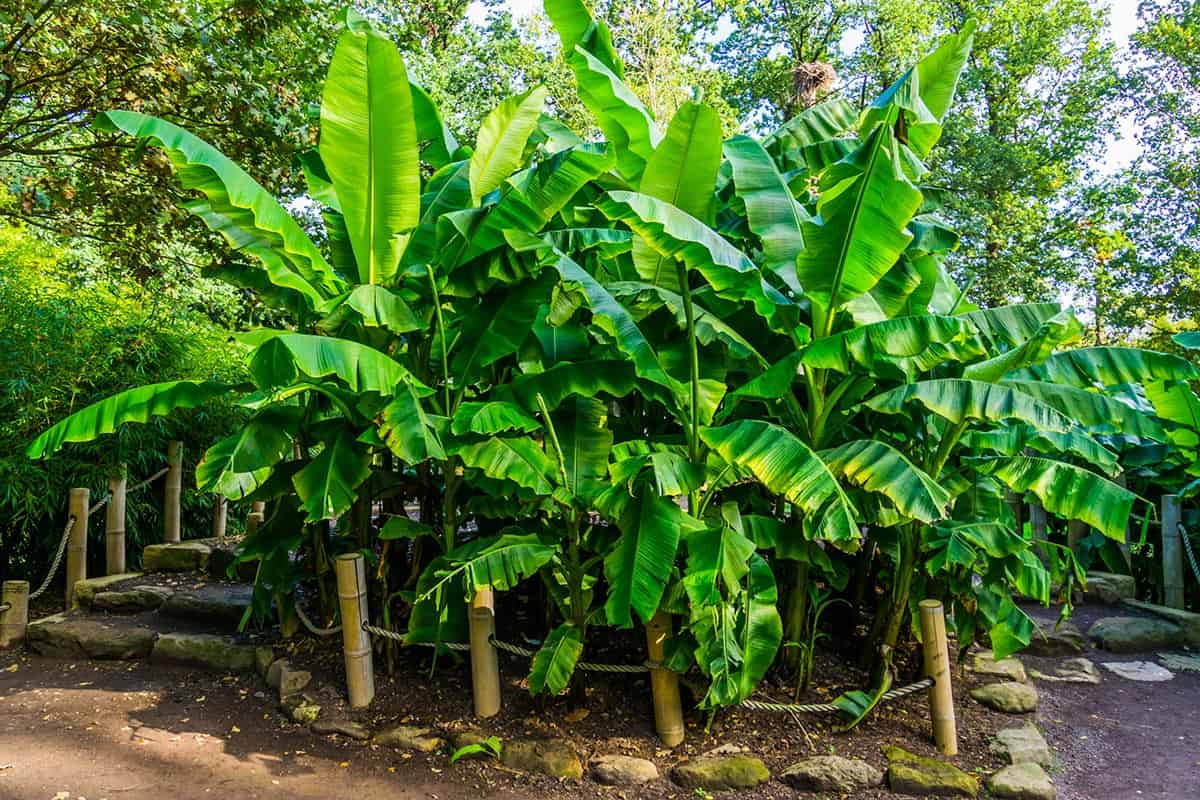
- Banana trees grow wide, and they will spread as long as there is available space for them to do so.
- They can grow pretty tall and large, especially if the cultivar that you have is of the regular variety.
- These trees are quite sensitive and can easily fall because of strong wind or hail.
- The banana trees are also vulnerable to pests and diseases, so regular fertilizing and application of pesticide is a must.
- They prefer warm, humid climates and can be hard to grow in areas with harsh winters.
Final Thoughts
In warm, temperate climates, a banana tree will definitely make your home look a lot like a tropical abode. These trees are great to have if you have the patience to maintain them every once in a while. If you're lucky enough, a well-maintained banana tree will give you yummy-tasting bananas in a few years' time.
Are you looking for more information about planting in your gardens? Look no further because we have some articles that might be of interest:




![man replanting herb with yellow flowers for use in landscaping. 15 Perennials That Absorb Water [Incredible Choices For Foundation Landscaping]](https://landscapingbase.com/wp-content/uploads/2022/09/man-replanting-herb-with-yellow-flowers.-15-Perennials-That-Absorb-Water-600x400.png)
![Big custom made luxury house with nicely trimmed and landscaped front yard, South Facing Front Yard Landscaping Ideas [17 Ideas To Increase Your Curb Appeal]](https://landscapingbase.com/wp-content/uploads/2022/09/BIGCUS1-600x400.jpg)
